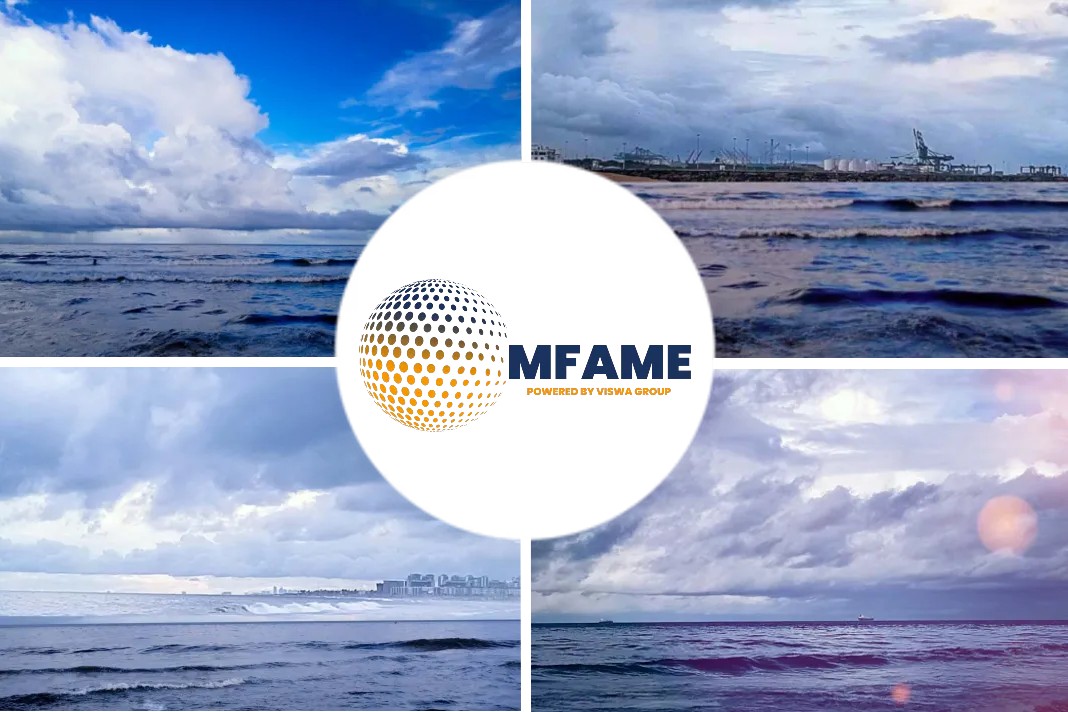
New technology
Every time the marine industry embraces a new technology, it causes a revolution instead of just a change, and Web3 is the cause of the most recent one.
Unlike other industries, the maritime sector is extremely cautious about the changes it makes because they affect not just the sector but the entire world.
As a storm, Web3 has already taken over a few industries, including finance. The maritime industry has already started experiencing the wonders of Web3 in a few aspects.
What is Web1 & Web2?
Everything was going well in a traditional sense. People were sending written emails, making slow phone calls, and sharing images by getting a hard copy and sending it to their loved ones. Then came Web 1.0, the advent of the Internet.
With Web 1.0, people could now access a vast repository of data and get relevant information. This was the read-only version of the Internet, allowing people to prepare for the new and upcoming digital world.
Evolving further, Web 2.0 made its debut by allowing active participation. Making long-distance video and voice calls a reality, sharing images and information, socialising, working in a digital environment, and many innovative use cases.
With Web2.0, the Maritime industry also experienced several benefits. The ability to instantly share information through emails and documents sent online allowed the industry to speed up the communication process.
However, even with the social powers of web 2.0, the Maritime industry remained isolated from the rest of the world.
Web3.0, The Mature Version of Internet
Essentially, Web3 is a concept that comprises three main factors:
- A decentralized system excluding all intermediaries
- A consensus-based environment where everyone has a say
- An immutable record creating a verifiable trail of all transactions
Therefore, Web3.0 is a digital ecosystem governed by a decentralized mechanism eradicating all intermediaries and creating a fair economy. The use of smart contracts, Blockchain, Cryptocurrencies, and several such concepts makes a web3.0-based ecosystem to become an evolved version of its traditional counterpart.
Application Of Web3 In Maritime Industry
Let’s discuss a few of its applications in the Maritime industry, understanding the appropriateness of this technology in revolutionizing the maritime industry.
1. TradeFi with Web3
Trade Finance is one of the most critical aspects of the global supply chain industry and one of the most challenging phases for the shipping industry.
Generally, a trade finance process is associated with issuing a letter of credit from the borrower’s bank to the seller’s bank, providing proof of settlement. It takes days or weeks to issue an LoC, verifying details on each end.
With Web3.0 and Blockchain, LoC becomes as easy as sending an email. Having all details already verified and recorded on an immutable digital ledger, the allocation of funds becomes extremely easy.
Further, using smart contracts to ensure that all conditions are met, the disbursement of funds according to some pre-set conditions becomes streamlined without needing a third party or an escrow account, significantly reducing the fees and time.
2. International Remittance
Imagine sending money on a Sunday evening; it’s Christmas week, banks are closed, and transactional charges are as high as Mount Everest, but your transaction gets completed in a second with almost no transaction fee.
That’s not just a Christmas gift, but a 24*7*365 day offering that Web3 provides with its decentralized digital currency.
Especially for the maritime industry, where completing international payments with an irregular schedule and on an urgent basis, this service acts as a knight in shining armour.
Just enter the public address of the person you want to send payment to, confirm the transaction using your private key, and the funds will be transferred from your digital wallet to theirs instantly.
3. Traceability
At the fundamental level, Web3.0 is a digital record of all online activities that no one can modify.
Therefore, critical information like the shipping date, service details, received date, warehouse receipts, and all actions in between by all actors in the maritime industry is kept as a secured ledger.
This ledger can be referenced anytime for verification, ensuring that the ecosystem becomes more responsible, transparent, and fair, all through unprecedented traceability through Web3.0.
Even the funds become traceable since all digital transactions are recorded, no matter how small or in what quantity.
Apart from the aforementioned, fractional ownership, decarbonization, better insurance settlements, and several other use cases solidify that Web3 and Maritime were meant to tango.
For instance, building a platform for fractional ownership of Maritime assets is just a starting point. Further creating a decentralized exchange, allowing the maritime assets to be traded against other currencies and providing borderless access to a global audience is where ShipFinex is heading.
With such innovation, the maritime industry will experience one of the most missed-out characteristics, unabated access to liquidity.
Did you subscribe to our newsletter?
It’s free! Click here to subscribe!
Source: Marine Insight






















